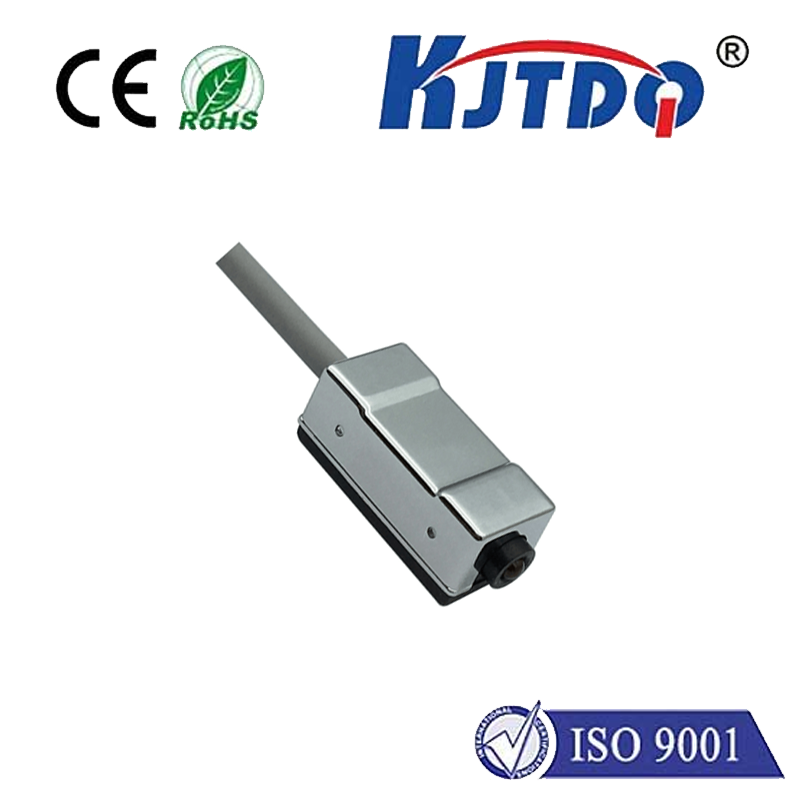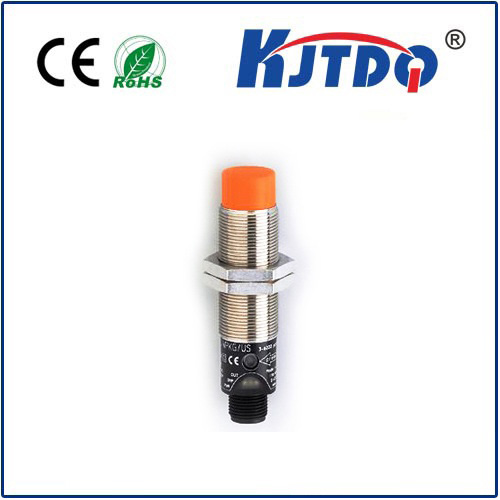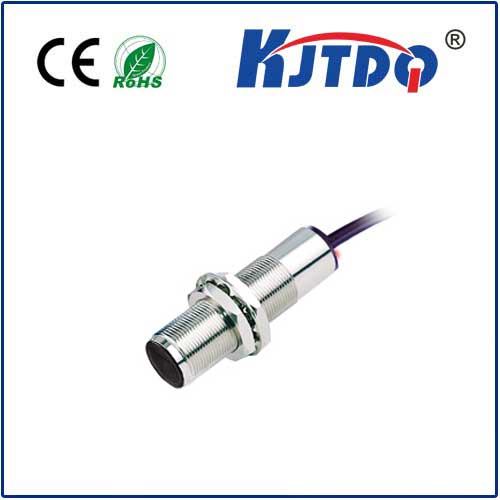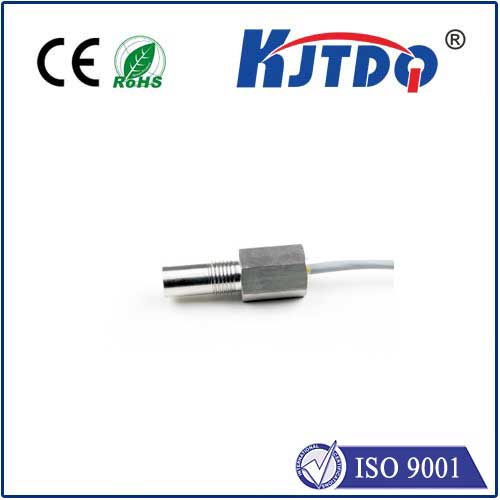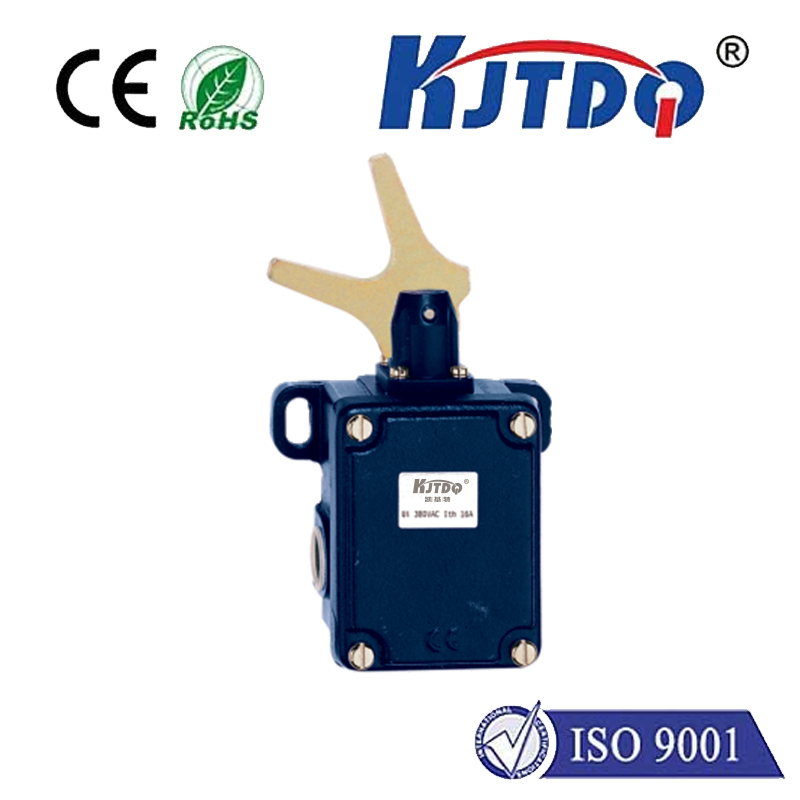BES001Z high pressure proximity sensor
- time:2025-09-30 15:09:49
- Click:0
Beyond Limits: How the BES001Z High Pressure Proximity Sensor Unlocks Reliability in Demanding Environments
Imagine a critical hydraulic press surging, a deep-sea ROV navigating crushing depths, or a high-pressure test rig pushing components to their breaking point. In these intense environments, ordinary sensors falter. Pressure fluctuations, vibrations, and harsh conditions become the enemy of accurate, reliable proximity detection. This is precisely where specialized solutions like the BES001Z High Pressure Proximity Sensor step onto the stage, engineered not just to survive, but to excel where others cannot. It represents a targeted answer to the pervasive challenge of obtaining dependable position or presence feedback under extreme duress.
The core function of any proximity sensor is to detect the presence or absence of an object without physical contact. Inductive sensors, like the BES001Z, achieve this by generating an electromagnetic field. When a metallic target enters this field, eddy currents are induced, causing a measurable change in the sensor’s oscillation – triggering its output signal. Crucially, the BES001Z is specifically designed to maintain this precise, non-contact detection capability reliably even when submerged in or subjected to exceptionally high pressure environments that would compromise standard units.

What truly sets the BES001Z high pressure proximity sensor apart is its inherent robustness, built from the ground up for endurance. Key features enabling its operation under duress include:
- Engineered Pressure Housing: The sensor body is constructed using high-strength materials and specialized sealing techniques. This robust encapsulation effectively prevents pressurized media (oil, water, hydraulic fluid, etc.) from penetrating the internal electronics, even at pressures significantly exceeding atmospheric norms. The integrity of this seal is paramount to long-term functionality.
- Resilient Sensing Face: The active sensing surface is designed to withstand direct exposure to high-pressure fluids and potential impacts common in industrial settings like heavy machinery or hydraulic systems.
- Temperature Stability: High-pressure environments often correlate with extreme temperatures. The BES001Z is typically specified to operate reliably across a wide temperature range, ensuring consistent performance whether the application involves hot hydraulic oil or cold deep-sea water.
- Immunity to Media: The design inherently resists the negative effects of immersion in various fluids commonly encountered, making it suitable for applications where lubrication wash-down or direct fluid contact is inevitable. This immunity to surrounding media enhances versatility.
The unique capabilities of the BES001Z proximity sensor make it indispensable across diverse, challenging sectors:
- Hydraulic Power Systems: Monitoring piston position within high-pressure cylinders, detecting valve spool positions, confirming tooling presence in presses. Failure here can lead to catastrophic equipment damage or production stoppages – reliability is non-negotiable.
- Subsea & Offshore Operations: Deployed on remotely operated vehicles (ROVs), underwater manipulator arms, or pressure housings where sensors must function flawlessly at extreme ocean depths (hundreds or thousands of meters). Every reliable signal is critical when operating remotely.
- High-Pressure Test Rigs: Providing precise position feedback on actuators, rams, or test specimens subjected to intense pressures during material testing or component validation. Accuracy under load is essential for valid test results.
- Oil & Gas Exploration/Production: Used in downhole tools, wellhead equipment, and processing facilities where sensors face both high pressures and potentially corrosive environments. Durability directly impacts safety and uptime.
- Industrial Automation in Harsh Conditions: Within foundries, heavy machinery, or chemical processing plants where equipment operates under significant mechanical stress and pressure is a factor.
Choosing the BES001Z high pressure proximity sensor translates into tangible operational advantages:
- Unmatched Reliability Under Pressure: Its primary strength is delivering consistent, accurate signals where standard inductive sensors would fail or provide erratic readings due to pressure-induced deformation, seal failure, or electronic drift. This operational dependability minimizes costly unplanned downtime.
- Enhanced Safety: Reliable detection in critical pressure systems prevents dangerous malfunctions, safeguarding personnel and expensive equipment from pressure-related hazards.
- Reduced Maintenance Costs: The robust construction and specialized sealing significantly extend the sensor’s service life compared to standard sensors struggling in high-pressure applications, lowering the total cost of ownership.
- Process Assurance: Consistent, accurate feedback ensures processes involving high pressure run optimally, maintaining quality control and production efficiency. Process integrity hinges on reliable sensing.
- Simplified Integration: While rugged, it typically maintains standard electrical interfaces (like PNP/NPN outputs) and mounting configurations common to industrial inductive sensors, easing installation and replacement within existing systems.
When operational conditions push the boundaries of conventional sensing technology, the BES001Z high pressure proximity sensor emerges as a specialized solution engineered for resilience. It solves the critical problem of achieving reliable, non-contact detection directly within high-pressure zones – a capability essential for safety, efficiency, and process continuity in demanding industrial and subsea applications. Its robust design, focused on pressure tolerance and media immunity, provides engineers and operators with a dependable tool to conquer environments where pressure is not just a factor, but the defining challenge. Incorporating the BES001Z means choosing performance engineered to endure, ensuring vital detection signals are always present, even under the most intense conditions.






